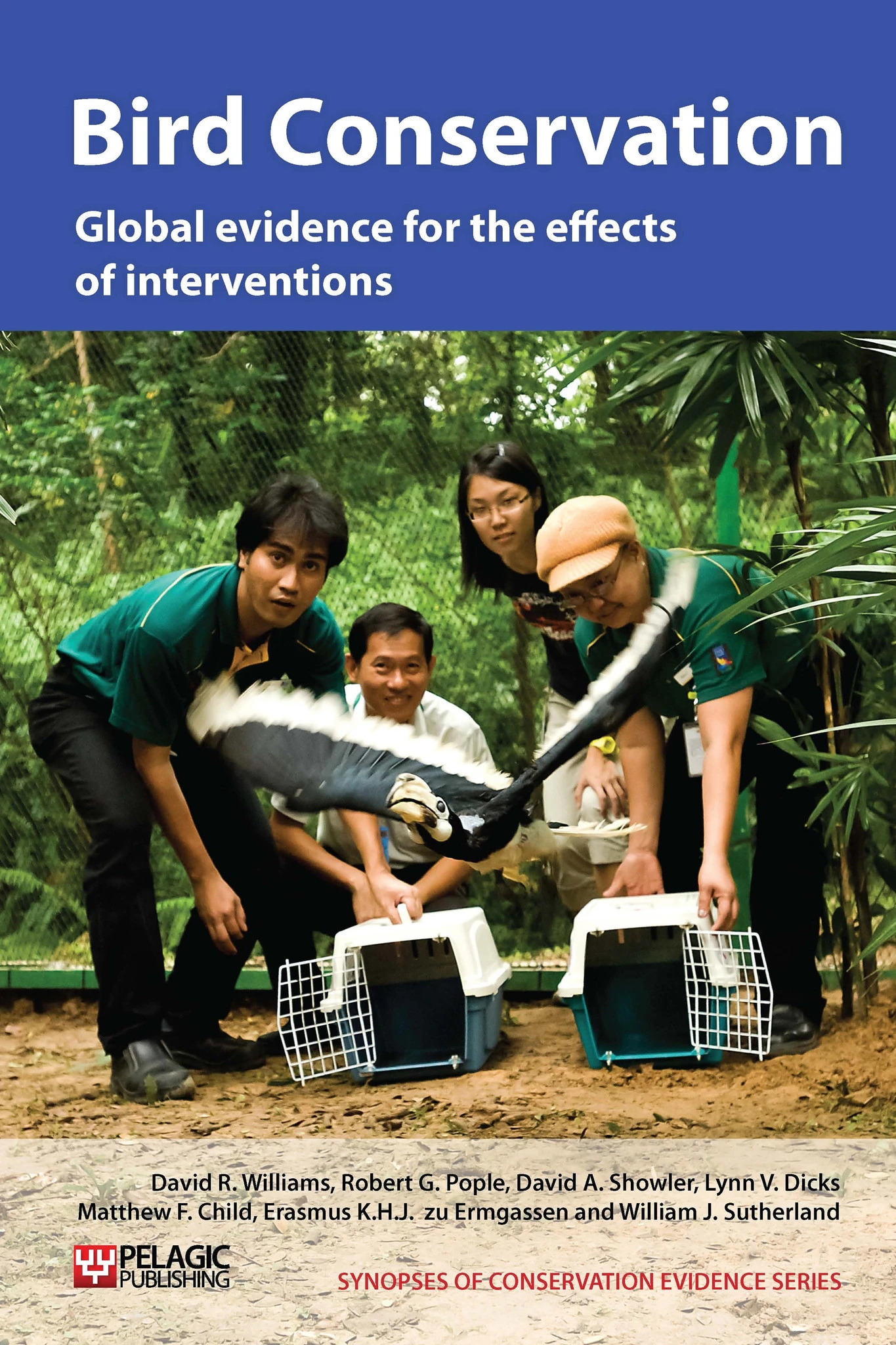Physically protect nests with individual exclosures/barriers or provide shelters for chicks of ground nesting seabirds
-
Overall effectiveness category Likely to be beneficial
-
Number of studies: 4
View assessment score
Hide assessment score
How is the evidence assessed?
-
Effectiveness
50% -
Certainty
50% -
Harms
not assessed
Study locations
Supporting evidence from individual studies
A before-and-after study from 1978-1980 at seven least tern Sterna antillarum colonies on Nantucket Island, Massachusetts, USA (Jenks-Jay 1982) found that predation rates on chicks were greatly reduced following the provision of chick shelters (43 cm high cones made from 11 slats, with a 66 cm basal diameter), compared to previous years. In 1978, a pair of American kestrels Falco sparverius ‘greatly reduced’ tern productivity at a colony by removing a tern chick approximately every 15 minutes for two hours, whereas a pair of northern harriers Circus cyaneus reduced productivity at another colony by 80% in 1979 (four chicks from 20 nests escaping). In 1980, with shelters present, no kestrels or harriers were seen hunting within the tern colonies, although they were present in the vicinity.
Study and other actions testedA small before-and-after study in 1990 study on a breakwater in Lake Erie, Canada (Burness & Morris 1992) found that no common tern Sterna hirundo chicks were predated by herring gulls Larus argentatus or ring-billed gulls L. delawarensis over 12 days following the provision of small plywood shelters (two 12.5 x 25 cm rectangles attached to form a 10 cm high triangular shelter), compared with ten chicks being predated in the eight days between first hatching and shelter provision. A total of 29 chicks were studied, with 11 disappearing (six before shelter provision and five after) in addition to those predated.
Study and other actions testedA before-and-after study in 2001-2002 in Tokyo, Japan (Hayashi et al. 2002) found that the provision of 200 chick shelters on the roof of a sewage plant in 2002, combined with the provision of nesting substrate, appeared to increase the fledging rate of a little tern Sterna albifrons colony, compared with 2001 when birds were first observed and before habitat alterations (23% of 2,665 eggs fledged in 2002 vs. 1.5 – 2.1% of 335 eggs in 2001). The nesting substrate consisted of fine-grained (2-3 mm) ‘dried sludge’ spread over 2 ha, with 30 tonnes of shell fragments, while 38% of the rooftop was painted white. Chick shelters consisted of a sheet of wire mesh spread across two bricks.
Study and other actions testedA small study in 2003 on two warehouse roofs in Texas, USA (Butcher et al. 2007) found that least tern Sterna antillarum chicks did not use wooden shelters more than would be expected by chance. However, on 18% of occasions when adults were observed mobbing predators (n = 39), chicks were seen using either artificial plants or skylights as cover (on two occasions chicks ran towards structures, on five occasions chicks were already in cover).
Study and other actions tested
Where has this evidence come from?
List of journals searched by synopsis
All the journals searched for all synopses
This Action forms part of the Action Synopsis:
Bird Conservation
Bird Conservation - Published 2013
Bird Synopsis





)_2023.JPG)














